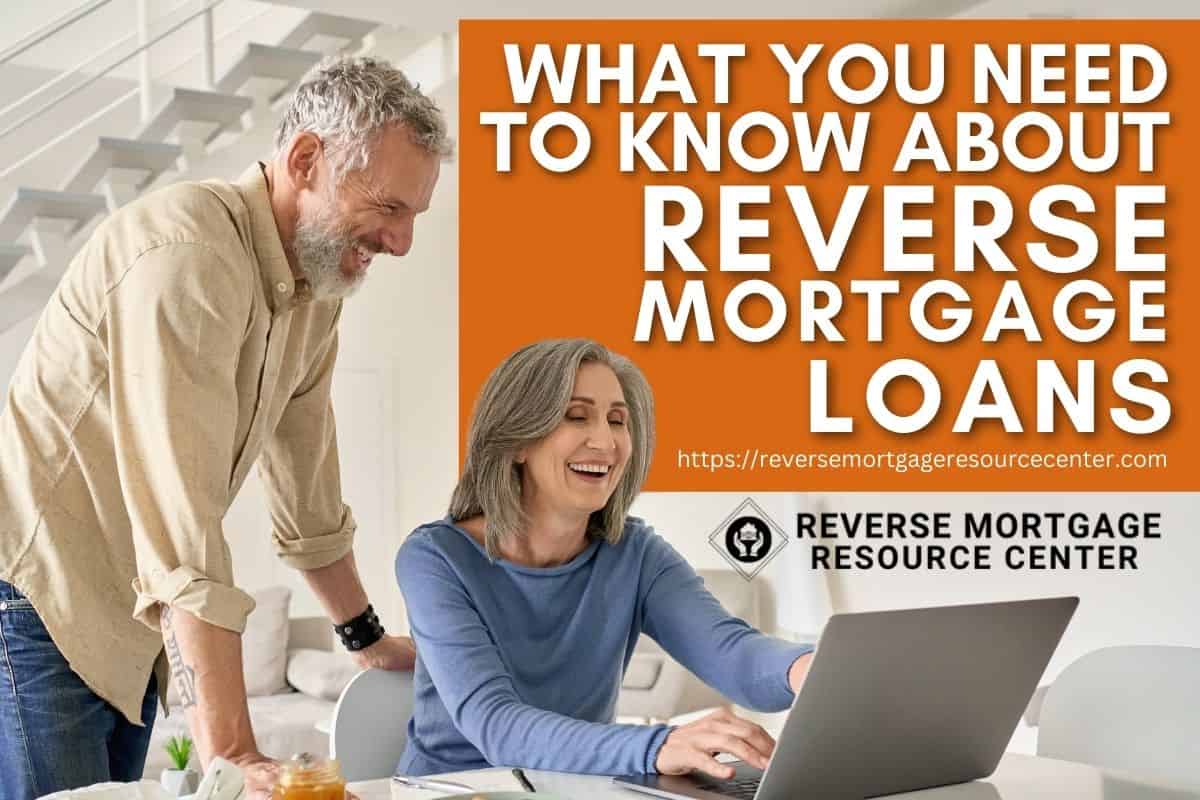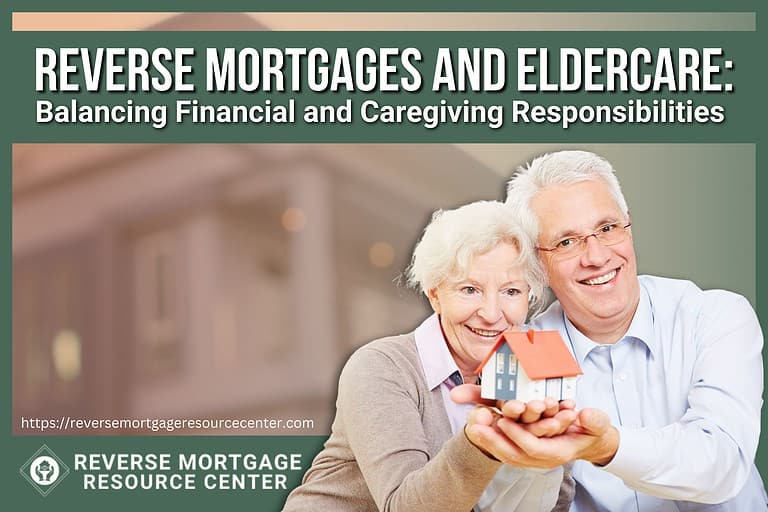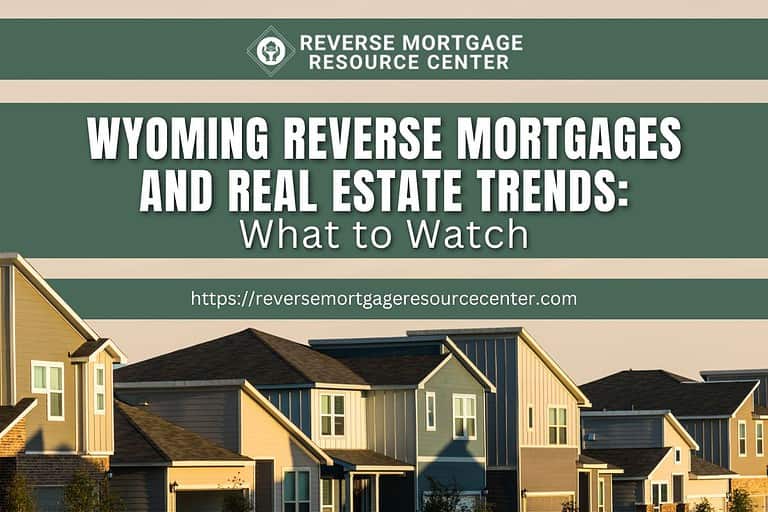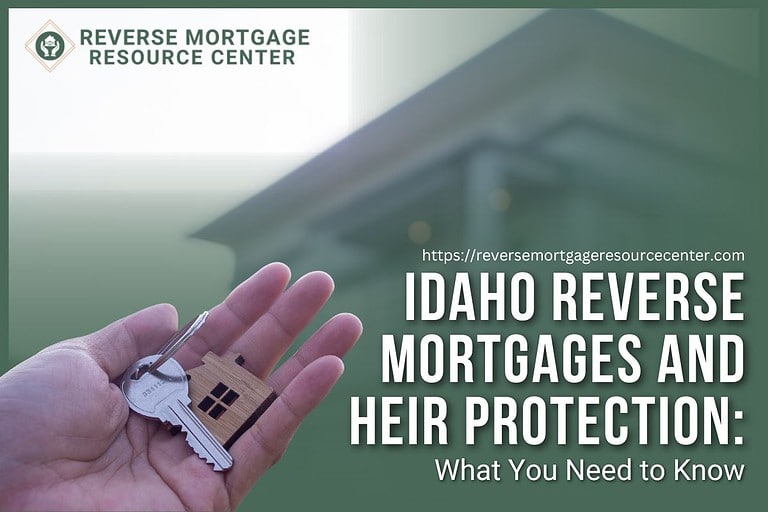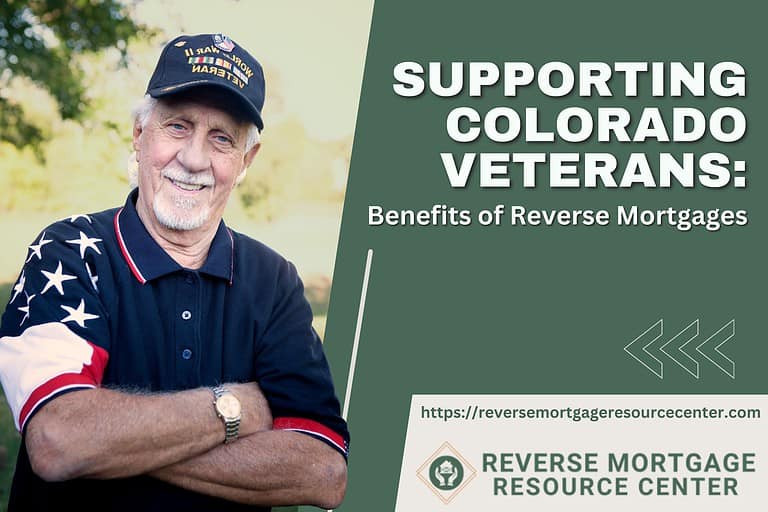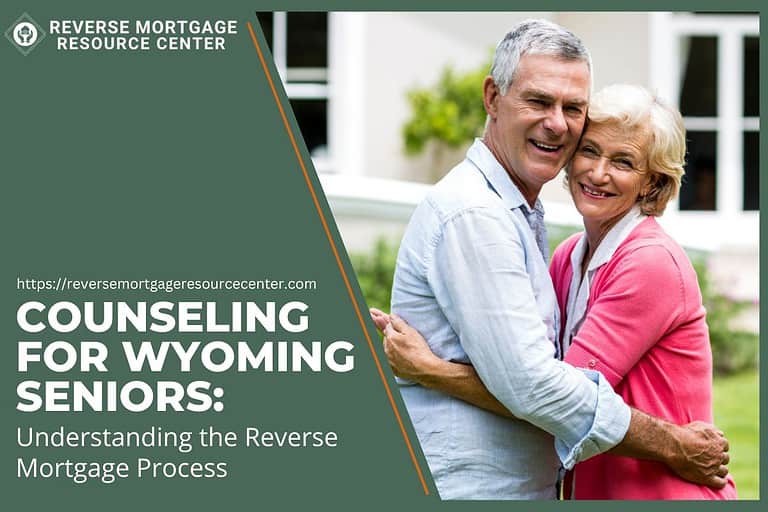What You Need to Know About Reverse Mortgage Loans
Reverse mortgage loans are a type of financial product for homeowners at least 62 years old. They allow the homeowner to convert a portion of the equity in their home into cash without having to sell their home or make monthly mortgage payments. This can be a useful option for seniors who are looking for a source of extra income to supplement their retirement. Understanding the terms and conditions and potential pros and cons is important before deciding if a reverse mortgage loan is right for you. This blog is everything you need to know about reverse mortgages.
What is Reverse Mortgage Loan?
A reverse mortgage loan is a form of loan that enables homeowners older than 62 to turn a part of their home’s value into cash. The loan is referred to as “reverse” because the loan balance is repaid to the lender after the homeowner moves, sells the property, or passes away. The homeowner is not obligated to make monthly payments, and the loan is not due until the aforementioned requirements are satisfied. The amount a homeowner may get is contingent on a number of variables, including the home’s valuation, interest rates, and the age of the youngest homeowner.

What Are the Four Types of Reverse Mortgages?
Reverse mortgages are financial products designed for senior homeowners who want to convert a portion of the equity in their home into cash. Each type has its unique features, pros and cons, and eligibility requirements, and it’s important to understand the differences before choosing one that’s right for you.
Reverse Mortgage For Purchase
A Reverse Mortgage for Purchase, also known as a Home Equity Conversion Mortgage for Purchase (HECM), is a type of mortgage loan that allows senior homeowners to buy a new home and obtain a reverse mortgage in a single transaction. This home equity loan is designed for seniors who want to downsize, upgrade, or move to a more suitable home but don’t want to sell their current home to do so.
The loan provides the homeowner with a lump sum or a line of credit to purchase the new home and make it their primary residence. The loan is paid back when the homeowner moves, sells the home or passes away. Before considering a Reverse Mortgage for Purchase, it’s important to understand the terms and conditions and seek professional advice.
Cash Out Reverse Mortgage
A cash-out reverse mortgage is a reverse mortgage where the borrower can access a portion of their home equity as cash. The amount of cash that can be borrowed depends on the home’s value, the age of the youngest borrower, and current interest rates. This type of loan is repaid when the borrower moves, sells the property, or passes away. This type of mortgage can be beneficial for older homeowners who need additional income and want to remain in their homes. However, it is important to consider the costs and potential drawbacks, such as the impact on inheritance and decreased equity in the home.
HECM To HECM Refinance
A HECM to HECM refinance is a type of reverse mortgage where a borrower replaces an existing reverse mortgage with a new one. This type of refinance is usually done to take advantage of lower interest rates, add a co-borrower, or change the loan type from an adjustable rate to a fixed rate. The process of refinancing a HECM involves applying for a new reverse mortgage loan which will pay off the existing loan, including any fees and interest. It is important to carefully consider the costs and potential drawbacks of refinancing, such as having to pay new closing costs and potentially decreasing the home’s equity.
Jumbo Reverse Mortgage
A jumbo reverse mortgage is designed for borrowers with high-value homes that exceed the maximum loan amount limit set by the Federal Housing Administration (FHA) for traditional reverse mortgages. Jumbo reverse mortgages offer larger loan amounts, but they generally come with higher interest rates and fees compared to traditional, non-jumbo reverse mortgages. This type of mortgage is suitable for borrowers who have a significant amount of equity in their home and want to access it for retirement income or other financial needs. However, it is important to consider the long-term impact on the equity in the home.

What Are the Five Restrictions That Must Be Observed in a Reverse Mortgage?
- The borrower must be 62 years or older.
- The property must be the principal home of the borrower.
- The borrower is required to undergo counseling with a HUD-approved counselor. The debt must be repaid when the borrower sells the property, moves out permanently, or dies away
- The debt must be repaid when the borrower moves, sells the property, or passes away.
- The borrower is required to continue paying property taxes, homeowner’s insurance, homeowner association dues (if applicable), etc. They must also maintain the property.
How Does a Reverse Mortgage Work?
A reverse mortgage is a loan that allows homeowners 62 years or older to access the equity in their homes without having to sell or make monthly mortgage payments. The loan is repaid when the borrower moves, sells the property, or passes away. The amount of money that can be borrowed is based on the value of the home, the age of the youngest borrower, and current interest rates. The loan can be received as a lump sum, a line of credit, or monthly payments. Borrowers are still responsible for paying property taxes, homeowner’s insurance, homeowner association dues (if applicable), etc. They must also maintain the property. A reverse mortgage can provide a source of additional income for retirees.
Who Owns the House on a Reverse Mortgage?
On a reverse mortgage, the borrower retains ownership of their home but uses the equity in the property as collateral for a loan. The lender provides loan proceeds to the borrower and does not require loan payments until the borrower moves, sells the property, or passes away. Once the last surviving borrower moves, sells the property, or passes away, the loan, including interest and fees, becomes due. At that time, the borrower’s estate or heirs have multiple options for paying off the loan, with the most common being paying the loan off in cash, purchasing the home, selling the home, and transferring ownership to the lender (this is generally used when the loan amount is greater than the value of the home). In any case, the homeowner retains the right to live in the home for the duration of the loan.

Where to Use a Reverse Mortgage?
A reverse mortgage is a loan that allows homeowners 62 or older to tap into their home equity without selling or moving. It can be used for various purposes, including paying off debt, covering living expenses, making home improvements, supplementing retirement income, and more. However, it is important to keep in mind that a reverse mortgage reduces the equity in your home and may impact eligibility for government benefits.
How to Pay Off the Loan?
A reverse mortgage loan is paid back when the borrower moves, sells the home or passes away. The loan balance, plus any interest and fees, is due at that time. If the loan amount at that time is greater than the value of the home, the lender cannot seek reimbursement from the borrower or their estate but instead will write off the remaining balance. If there is equity remaining in the property after the loan is paid off, it goes to the borrower’s heirs/estate. It is important to keep up with property taxes and insurance, as failure to do so can lead to default on the loan and eventual loss of the home.
REVERSE MORTGAGE RESOURCE CENTER ~lIVE lIFE ON yOUR tERMS~
Our Lending Team has been serving our clients since 2004. We are passionate about serving our clients with integrity to help them achieve their financial goals.

